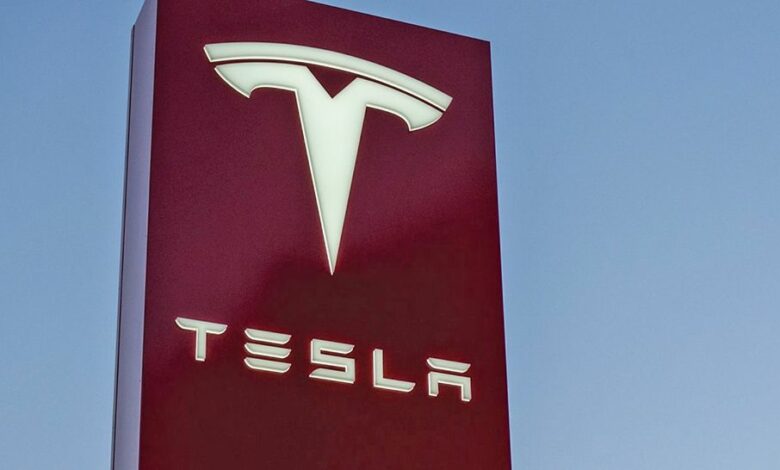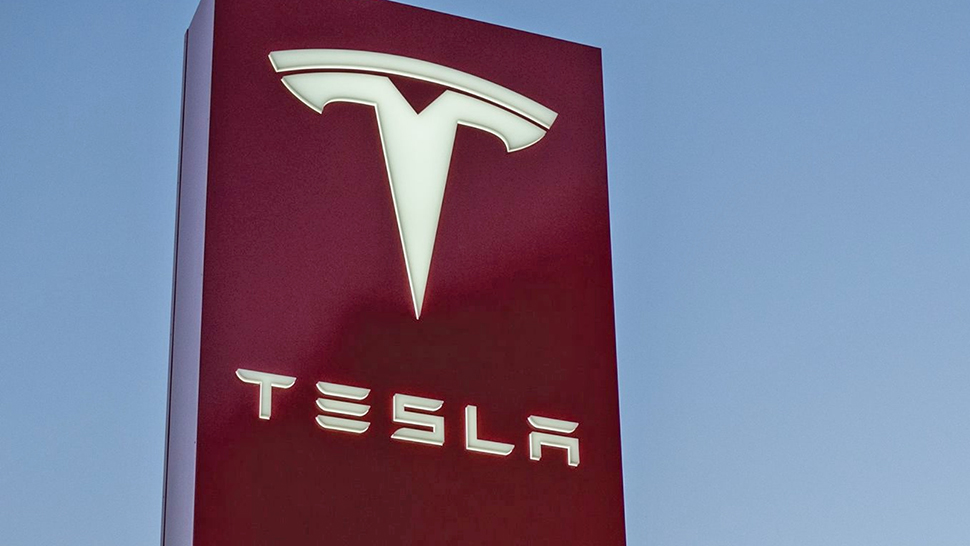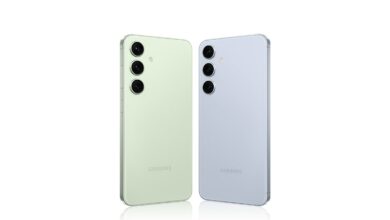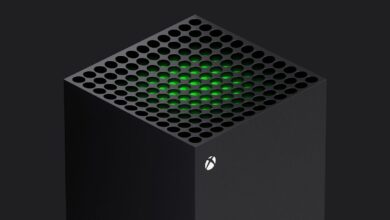Tesla has a not-so-secret plan to replace a fundamental but flawed building block of the internet: Musk’s Exascale DOJO supercomputer will use TTPoE in place of the universal TCP, and it wants the world to embrace it.


Tesla wants to replace the widely used Transmission Control Protocol (TCP) with its own offering.
According to the company, Tesla Transport Protocol over Ethernet (TTPoE) is designed to support high-speed, low-latency communications, especially in environments where reliable data transfer is essential.
TTPoE, an integral part of Tesla’s DOJO supercomputer, is optimized for the specific demands of Tesla’s systems, but Elon Musk’s company is promoting it as a potential new standard for broader uses beyond its own operations.
UltraEthernet Consortium
Implemented entirely in hardware, TTPoE supports efficient data transfer over Ethernet networks without the need for special switches, instead using standard Layer 2 transport. Unlike lossless RDMA networks, TTPoE anticipates packet loss and includes mechanisms to retry transmissions, which sets it apart from traditional protocols such as TCP or UDP.
TTPoE offers enhanced security features, such as encryption and authentication, to protect data integrity. This makes it especially useful in automotive and industrial applications where managing large data sets securely and efficiently is essential.
The protocol also supports scalability, enabling it to meet the growing data needs of modern electric vehicles, including the needs for autonomous driving and over-the-air updates.
The latest information about TTPoE comes from ServeTheHomewho reported on Tesla’s presentation at the Hot Chips 2024 symposium in Stanford, California. Tesla shared details about the architecture of TTPoE and suggested that TTPoE could deliver lower one-way write latency across switches including NVLink. It also announced its participation in the UltraEthernet Consortium (UEC).
You can view some of the slides Tesla shared at ServeTheHomeThe site’s Patrick Kennedy noted, “This is one of those interesting conversations, but at some point it would be cool if this wasn’t just used by DOJO. It feels like a lot of work to create custom NICs, custom protocols, and such for a system and not try to take advantage of economies of scale. It was cool to see Tesla bring this to the UltraEthernet Consortium.”




